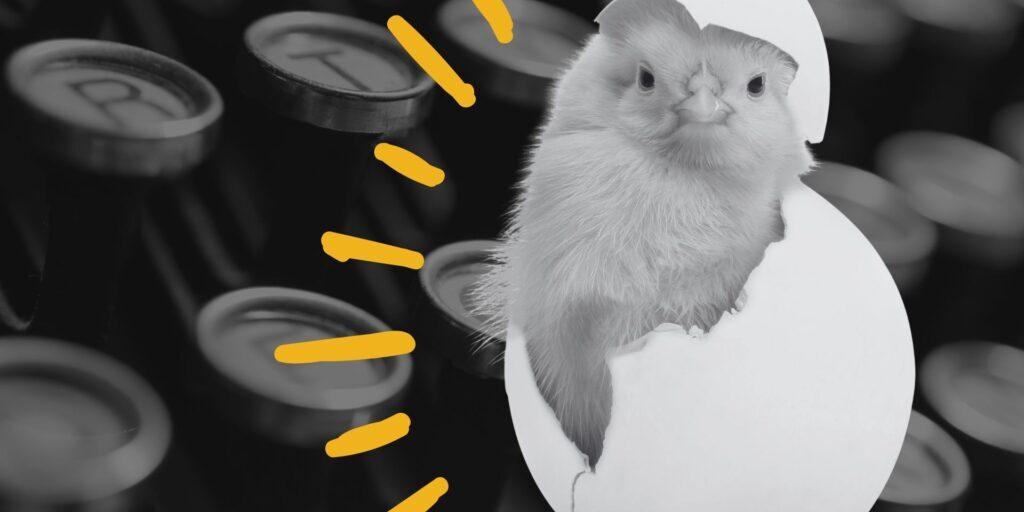Read for technique, not just for information and entertainment
Years ago, I ran across this passage Stephen Schiff wrote about Australian film director Fred Schepisi for The New Yorker:

Later, I interviewed a startup president whose gestures reminded me of Schiff’s Schepisi. I noted the entrepreneur’s hand movements and wrote this lead:
It’s definitely not Schiff — today, I shudder at the verb move — but it’s a whole lot better than it would have been without Schiff.
Don’t just read as a reader.
To model the masters, make sure you’re not just reading as a reader.
Readers read for information and entertainment. Writers read for information and entertainment, too. But they also read for something else: technique.
Another writer might introduce you to a new way of crafting a headline, mastering a metaphor, structuring a story or describing gestures.
How do you read as a writer? Every time you read your favorite books or a piece of creative writing you love, focus on technique, not just the story. You’ll learn to read for writing, not just for pleasure and information.
How do you separate your reader from your writer so you can see the technique?
- Move from your pleasure-reading spot. I do my writer-reading on planes and at my desk. I read as a reader on my couch or in bed. Read the book or other piece in the right spot.
- Before you start reading, gather the right tools. Reading like a writer used to take highlighters, pencils and sticky notes. Now I use my Kindle’s clippings and notes features to capture great passages and write myself notes about them.
- Don’t get swept away. The problem with reading as a writer is that when you read the good stuff, you can get lost in the prose. When you feel this happening, force yourself to snap out of it and focus again on technique.
I never would have remembered Schiff’s passage when I needed it if I’d read it only as a reader. But because I had my writer hat on — because I noticed and studied the technique — I was able to take Schiff’s approach into my toolkit.
Create a clip file.
While you’re reading, look for passages to save and study. Every time you hear yourself saying, “I wish I’d written that,” “that” goes into your clip file.
The result will be an archive of tantalizing twists of phrase, powerful plays on words and stunning snippets of storytelling. Then, when you need to write a creative passage, you can dip into your clips and riff off of one of your favorites.
One of the passages in my clip file is:
When I invited participants in a workshop to model that passage, one wrote:
In another workshop, a P.R. agency’s accountant — the accountant! — modeled that passage to come up with this sentence:
If an accountant (did I mention it was the accountant?!) can come up with that passage, imagine what you can do!
___
Source: Stephen Schiff, “A Cinematic Gallant,” The New Yorker, Dec. 20, 1993, p. 60




